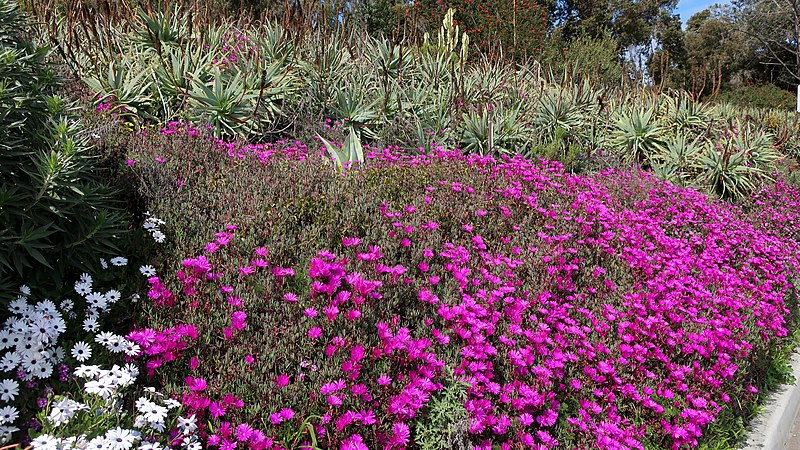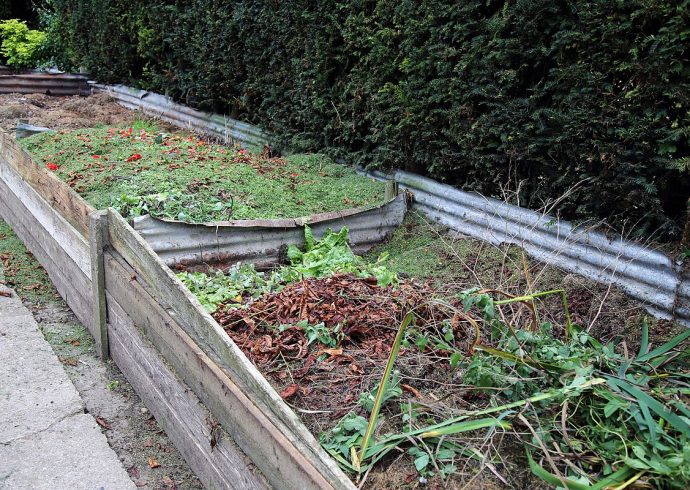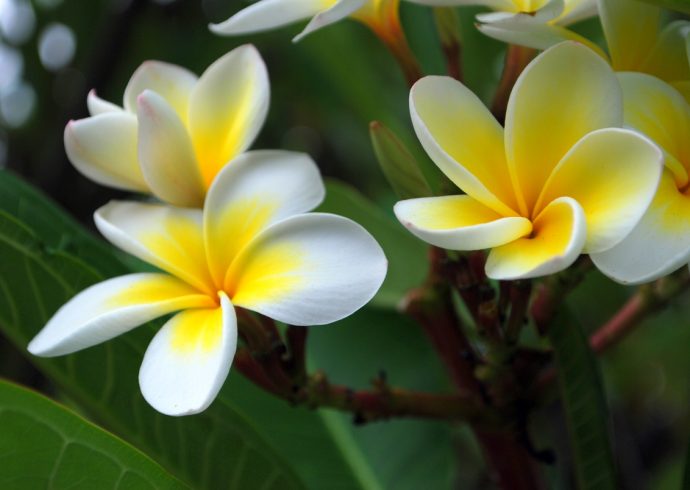
Growing Purple Ice Plants
Native to Africa with flowers bearing petals in the form of an aster although not a member of the aster family, the Purple Ice Plant can be grown in practically any type of garden from growing regions 5 to 9 in the United States. A member of the Aizoaceae family, species Delosperma and a hardy perennial, the purple ice plant is somewhat easy to grow and can be planted anywhere in a garden that receives full sun or partial shade. Each plant can spread up to two feet, sometimes ever further than that. As a rule, purple ice plants grow to a height of 3” tall, which makes it a ground cover plant. The foliage has a blue-green color and is succulent, bearing tiny hairs that reflect light like ice crystals, thus the flower’s rather unique name.
Prior to planting a purple ice plant, make sure the soil is dry and very well drained. Because the purple ice plant prefers dry soil, overwatering it will cause the plant to wilt and die. The soil can be sandy or gravelly in consistency. Avoid planting a purple ice plant in clay soil. The soil does not need to be treated with extra nutrients. Purple ice plants are ideal for rock gardens, slopes, or any part of your yard that requires something to “fill” in a slightly uneven spot.
Space each purple ice plant 15” to 18” apart when planting. Once the purple ice plants take root in your garden, water them sparingly during the growing season. Water them once every two weeks when weather conditions are dry. Before the winter season, allow the purple ice plants to dry out, making sure the ground is not wet. Before the first snowfall, mulch the plants with dry material such as straw; avoid using any type of moist mulch. The plants will bloom from early to mid-summer. Purple ice plants will often seed themselves the following year and increase the cover size. Keep the plants under control by snipping away any dead leaves from the previous season. A section of the purple ice plants can also be dug up and transplanted to another part of the garden for growing. It is not necessary to deadhead the flowers.
Purple ice plants are deer-resistant, meaning you do not have to worry about deer eating the attractive purple flowers. If you grow the purple ice plant as a potted plant, allow it to spill over the side, with room on the porch, patio or ground nearby. The pot soil may benefit from compost or fertilizer.
Purple ice plants do have a few pests and diseases to watch out for. Aphids and mealybugs can do a number on these plants; to treat, dab minor infestations with cotton dipped in rubbing alcohol. Yellow leaves are usually due to overwatering. It helps to maintain a watering schedule for your purple ice plants to avoid yellow leaves from occurring. If any plant leaves fall off, that is also a sign the flowers are being overwatered. Never water purple ice plants if the soil feels moist to the touch.
Finally, as a ground cover, purple ice plants can surround a striking white garden statue or birdbath to increase garden appeal.
Image Credit: cultivar413 from Fallbrook, California, CC BY 2.0, via Wikimedia Commons.


